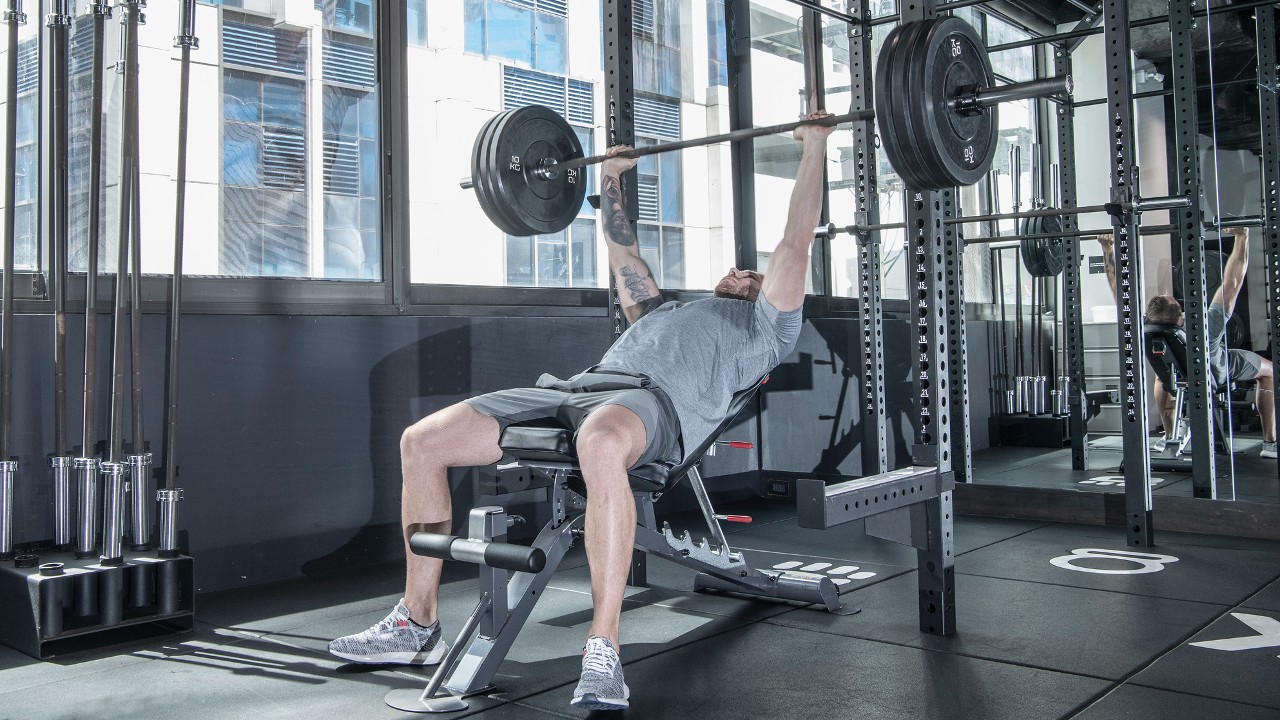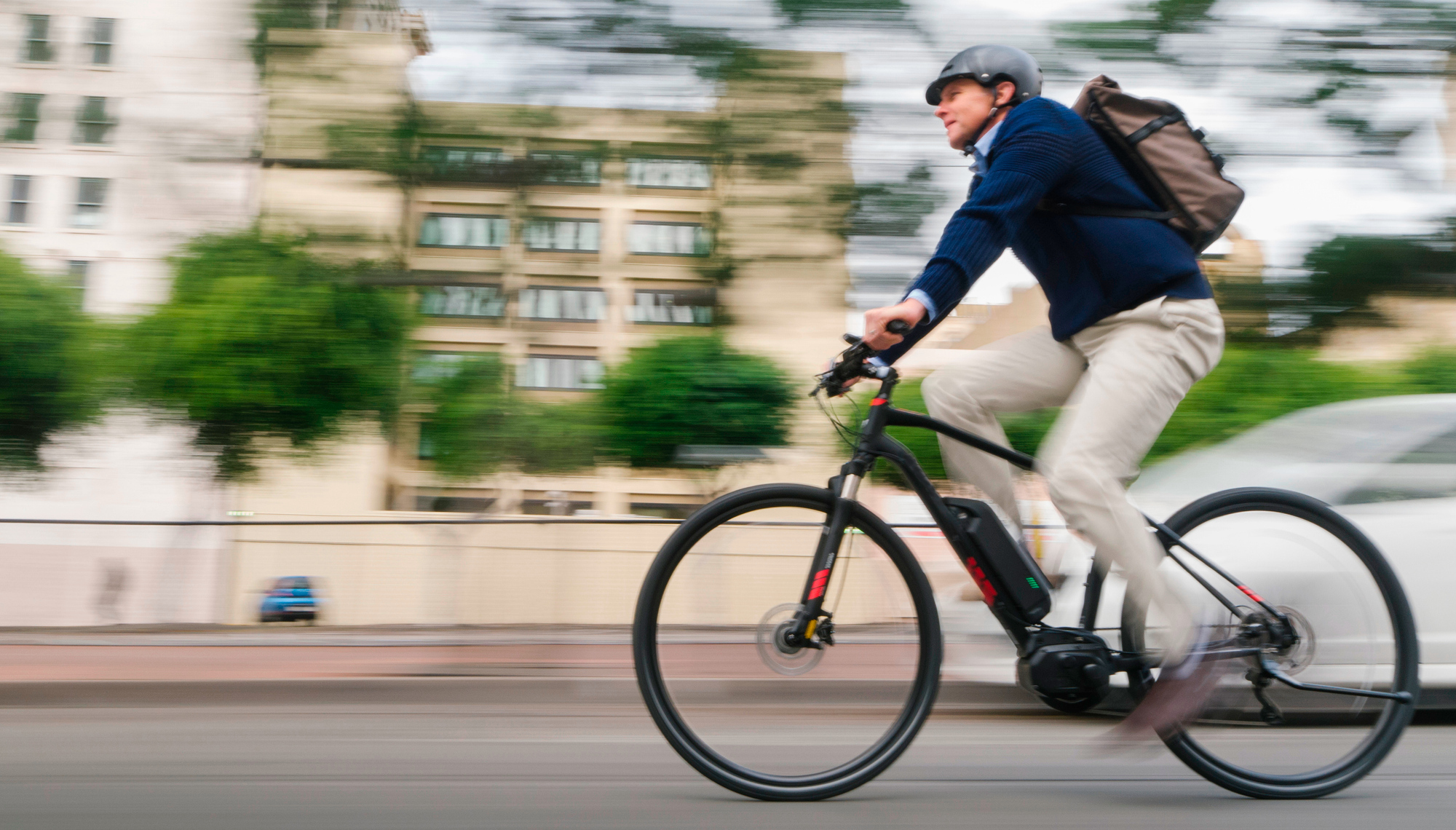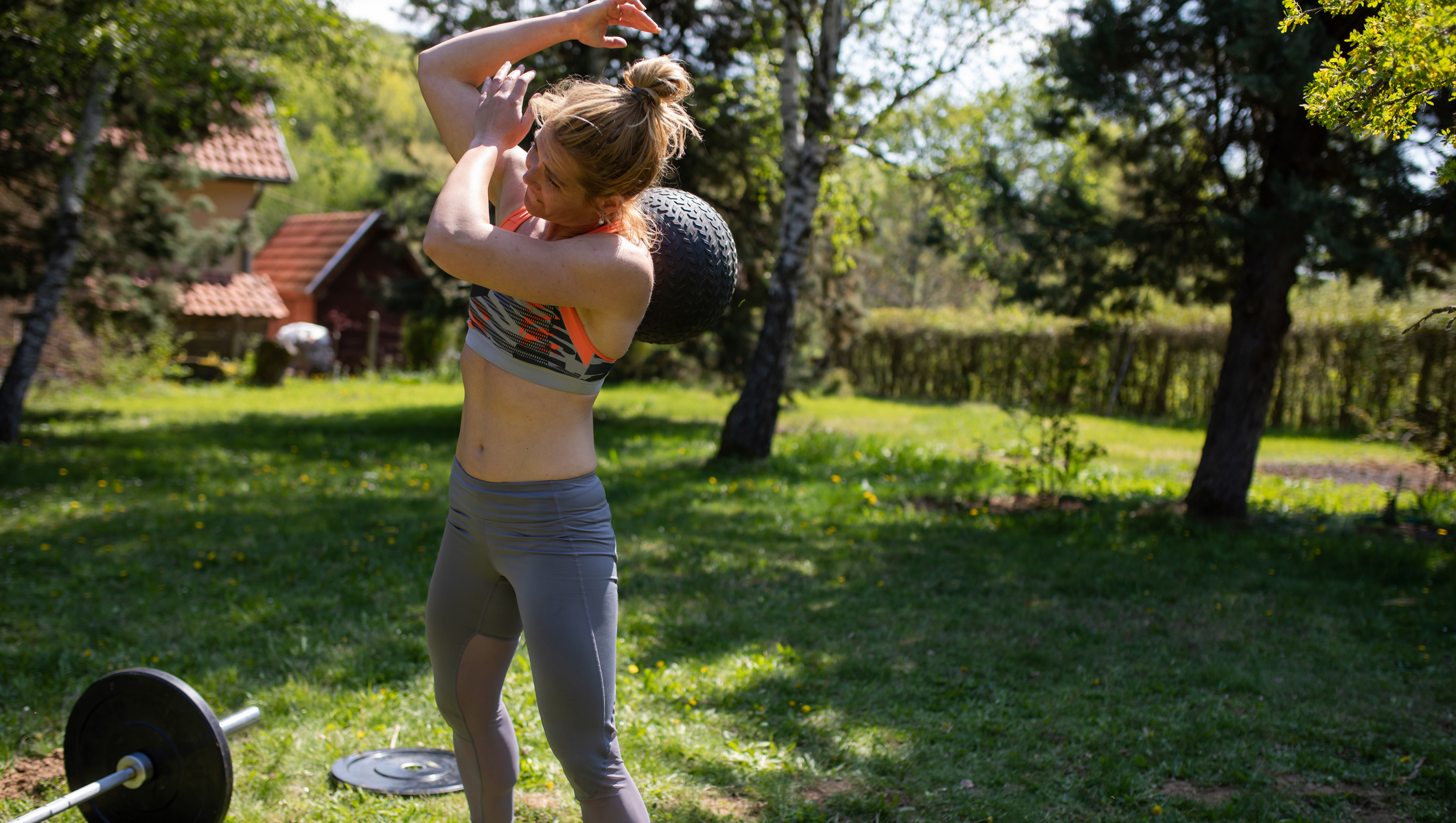How To Do The Incline Bench Press
Try the bench press from a new angle to increase your chest strength

The bench press is the king of chest exercises, but if it’s the only one you ever do, you won’t be maximising the improvements you can make to your chest strength. It’s important to vary the moves you do to work all your chest muscles, and the good news is you don’t really have to vary them much – simply setting up your bench at a different angle will change the benefits you get from the chest press.
To get the facts about the incline bench press, we spoke to NSCA-accredited strength and conditioning coach Andrew Reay, speaking to us on behalf of sports coach booking platform Sport Session.
Is incline bench pressing good and what are the benefits?
In short: yes. The incline bench press is a worthy addition to your workout routine. The main benefit of the incline bench press over the standard version of the movement is that it hits the chest from a slightly different angle.
“It will build the upper chest and the front of the shoulders more than the bench press,” says Reay. “We need to train our bodies in different lifts and at different angles to build different muscles, so it’s absolutely a good exercise to have in your workouts.”
You can use the movement to build size and strength in your chest, shoulders and triceps, but Reay says its results will also depend on how you employ the exercise.
“It can be used to increase both strength and size in the targeted muscles. If you’re trying to get bigger you might want to use a slightly higher rep range or total volume [the number of reps times the weight lifted]. If you’re trying to get stronger, focus on moving more weight for fewer reps.”
How To Do The Incline Bench Press

“The first thing you have to decide is the incline setting of the bench,” says Reay. There’s usually a choice of a 30° and a 45° angle. The higher the angle, the more emphasis it will put on the upper chest and front delts, and the smaller the amount of weight you’ll be able to lift. Make sure to reduce the weight when you first try the incline bench press, compared with what you normally bench.
“When you set up, your body shouldn’t be too far in front of the bar,” says Reay. “If you have to reach too far behind you to unrack it, that will be a limiting factor. Make sure your feet are planted and your back is centred on the bench.”
Grip the bar hard, with your hands just wider than shoulder-width apart, then lift the weight from the rack. Steady yourself for a second, then lower it to your chest. Touch it gently against your body – don’t bounce it off your sternum or stop short of a full rep – and then drive through your feet as you push the bar back to the starting position.
“Try to touch your chest in line with the nipples, then drive straight back up,” says Reay. “Make sure your feet are flat on the floor and you’ve got a little bit of pressure through your feet, then that will anchor your body so you’re able to generate a bit more force through the bar.”
Common Beginner Incline Bench Press Mistakes
On the face of it, the incline bench press is a simple movement: lower the bar, then push it back up again. However, there are a few pitfalls to be aware of.
Get the Coach Newsletter
Sign up for workout ideas, training advice, reviews of the latest gear and more.
Bar path “When people press on an incline, they often lower the bar to a point that’s too close to their neck and come into a hunched position,” says Reay. “Instead, make sure you’re hitting the same spot as you would during a bench press [level with your nipples or lower sternum].”
Weight “You need to be aware that you won’t be able to lift as much as you would during the flat bench press,” says Reay, who suggests lowering the weight by 20-25%, as a rule of thumb.
Incline Bench Press Variations
Dumbbell incline bench press

Just as with the flat bench press, swapping the barbell for dumbbells means you can work both sides of the body unilaterally, helping to identify your weaker side and improve it. Using dumbbells can also help you avoid shoulder injuries and allow you to achieve a greater range of motion because there is no bar to limit the point to which you can lower the weights.
Hold the dumbbells by your chest with your palms facing forwards. Press them straight up until your arms are fully extended, pause, then lower under control.
Andrew Reay is an NSCA-accredited strength and conditioning coach, and the current head of sports and conditioning at physiotherapist chain Pure Sports Med. Reay is a former professional rugby player, with clubs including Harlequins and Bristol.

Harry covers news, reviews and features for Coach, Fit&Well and Live Science. With over a decade of training experience, he has tried everything from powerlifting to gymnastics, cardio to CrossFit, all in a bid to find fun ways of building a healthy, functional body.
- Nick Harris-FrySenior writer









